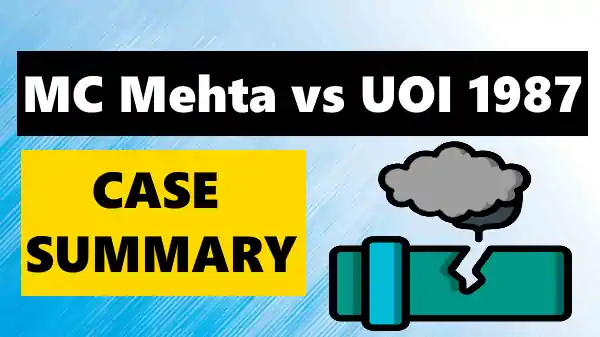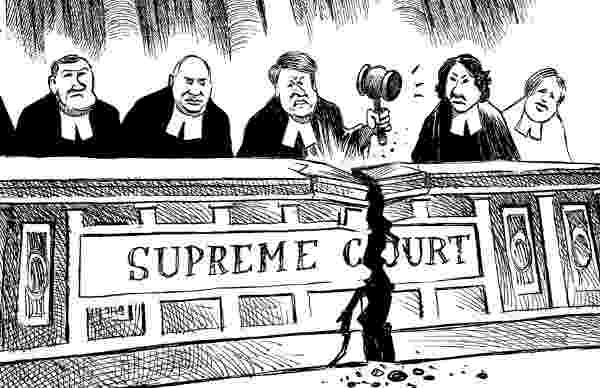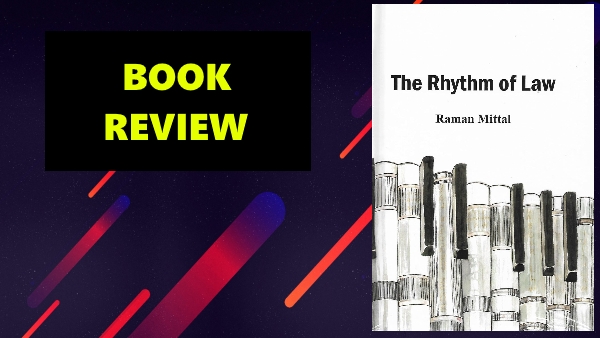MC Mehta vs Union of India case, also known as the Oleum Gas Leakage case, established the rule of absolute liability by which the wrongdoer is liable even without his fault and with no exceptions.
Facts of MC Mehta v Union of India:
1. A writ petition was filed by M.C Mehta Articles 21 and 32 of the Constitution. He sought closure for Shriram Food and Fertilizer as it was engaged in the manufacturing of hazardous substances and located in a densely populated area of Kirti Nagar. While the petition was pending, there was a leakage of oleum gas from one of its units, which caused the death of an advocate and affected the health of several others.
2. Just one year after the Bhopal gas disaster, a large number of persons–both amongst the employees and public were affected. This incident also reminds us of the Bhopal gas holocaust.
3. Factories were closed down immediately as Inspector of Factories and Commissioner (Factories) issued separate orders. This incident took place only a few months before Environment (Protection) Act came into force, thus becoming a guiding force for having an effective law like this.
Contention & Issue:
- Whether such hazardous industries to be allowed to operate in such areas?
- If they are allowed to work in such areas, whether any regulating mechanism be evolved?
- How to determine liability and amount of compensation?
Ratio & Decision in MC Mehta Case:
1. Bench of five SC judges headed by Justice PN Bhagwati laid down the principle of ABSOLUTE LIABILITY in this oleum gas leak case.
2. Even though the hazardous industries have to be set up since they are essential for economic development and advancement of society but they cannot absolve themselves of the responsibility by showing either that they were not negligent in dealing with the hazardous substance or they took all the necessary and reasonable precautions while dealing with it.
Thus, the court applied the principle of no-fault liability in this case, which was of an absolute nature, with no exceptions. Before it set this principle up i.e. before 1987, these hazardous industries used to escape from their liability using exceptions of strict liability principle.
3. Court also quoted Rylands vs Fletchers case in the judgment where they emphasized that the rule of strict liability have some exceptions which was developed in 1866, when considerable developments of science and technology had not taken place by which such hazardous industries were not established in such close vicinity to thickly populated areas at that time.
The law needs to be modified as the society progress. Thus, the court made the industry “absolutely liable” and compensation to be paid as when the injury was proved without requiring the industry to be present in the case.
Aftermath of this case
Some of the conditions were formulated by the government guided by Manmohan Singh Committee and Nilay Choudhary Committee to implement the directions given in M.C. Mehta vs Union of India 1978 (SCC 1086).
Found MC Mehta vs Union of India case summary useful? We have a bunch of useful topics from the law of tort which will help you in your preparation here >>> LAW OF TORT
Check out our YouTube Channel for free legal videos >>> LAW PLANET YT






